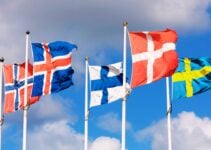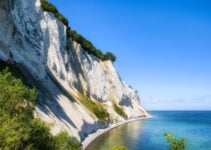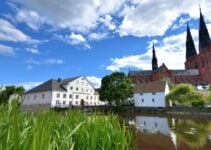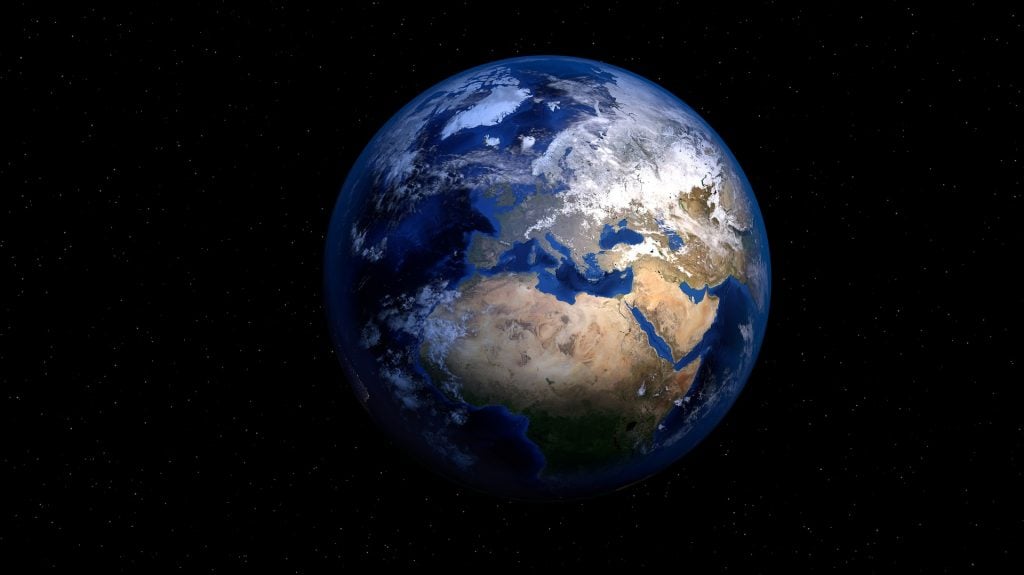
A quick geography lesson. Discover exactly where Scandinavia is on our wonderful planet.
Don't feel embarrassed! Judging by the amount of email we get on a daily basis, you are not the only person who can't place Scandinavia on a map.
Read more: This is part of our comprehensive coverage of Scandinavia.
Of course, much of the reason for this is that Scandinavia is not one country. It is three, and by some definitions four, or even five countries.
Here at Life in Norway we define Scandinavia as Norway, Denmark and Sweden. The Nordic region is a term covering the much wider area that includes Finland, Greenland and Iceland. So based on that definition, where is Scandinavia? Let's take a look…
The location of Scandinavia
Scandinavia is of course located in northern Europe. It's fairly easy to spot on a map, or at least, the land mass known as the Scandinavian peninsular is easy to spot.
This bulging mass of mountains, fjords and lakes shared by Norway and Sweden is connected to Finland and Russia, and looms large over the top of mainland Europe when viewed on most maps.

The other country in the region, Denmark, is actually part of continental Europe on a low-lying peninsular immediately north of Germany. Nordic countries Finland and Iceland are sometimes mistakenly termed Scandinavian.
Finland is immediately to the east of Sweden and many of its citizens speak Swedish as a second language, while the island of Iceland is a long way west towards the USA and Canada.
Where people live in Scandinavia
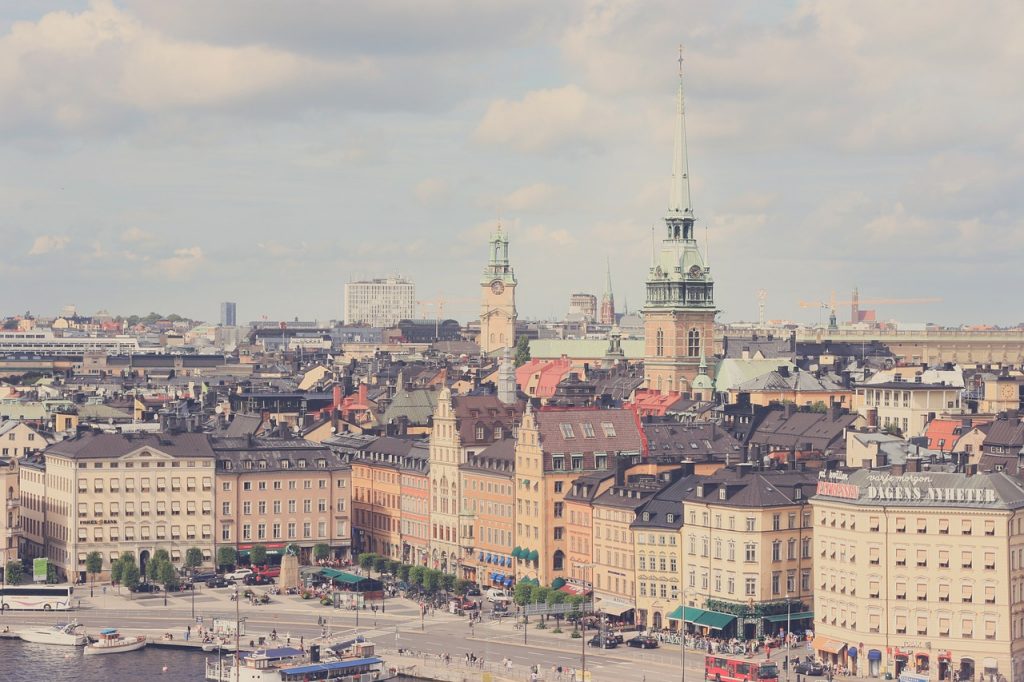
Although the Scandinavian peninsular stretches a long way north, well into the Arctic Circle, the vast majority of the region's population lives further south. In fact, the five major cities – Stockholm, Gothenburg, Copenhagen, Oslo and Bergen – form a relatively small triangle when compared to the total size of the land mass.
While Finland is not technically part of Scandinavia, the same population phenomenon exists there. Spread the triangle eastwards, and you'll soon reach the major population areas of Helsinki, Tampere and Turku.
Both Norway and Sweden have many hundreds of kilometres of coastline, with Norway famous for its mountains and fjords, and Sweden best known for its lakes. While culturally very similar, Denmark's physical characteristics differ greatly as the country is smaller and largely flat.
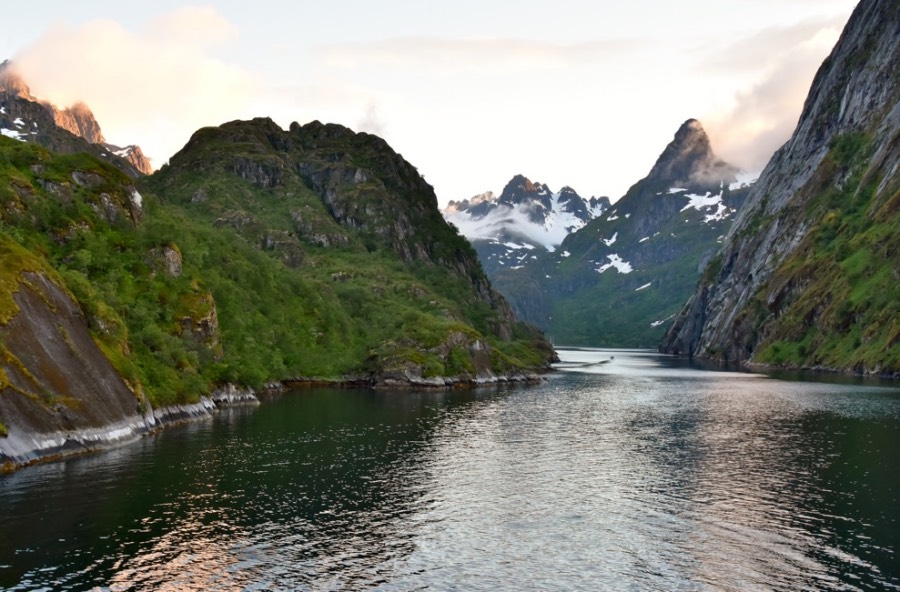
Despite being known as a part of Norway, the Arctic archipelago Svalbard is not usually included in the definition of Scandinavia due to its remote location.
Excluding these islands, the region's area is approximately 928,000 square kilometres (358,000 square miles) and home to around 21 million people.
A modern term
Hans Christian Andersen's 1839 poem I am a Scandinavian played a big part in the development of a regional identity.
The Dane became a supporter of pan-Scandinavism politics after a visit to Sweden, and wrote in a letter to a friend: “All at once I understood how related the Swedes, the Danes and the Norwegians are, and with this feeling I wrote the poem immediately after my return.”

